Home>Furniture & Design>Interior Design Trends>What Is A Cocktail Glass
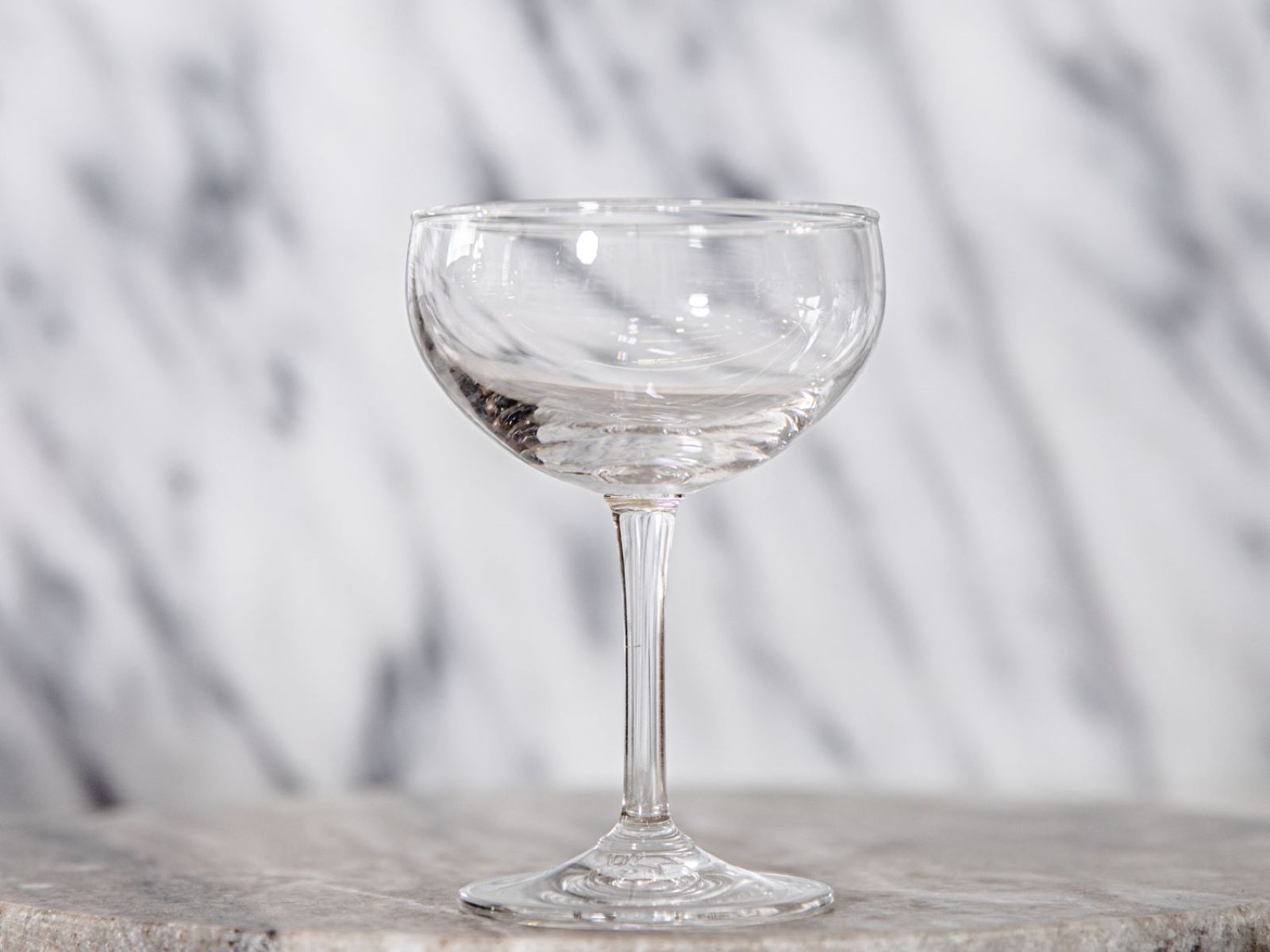

Interior Design Trends
What Is A Cocktail Glass
Modified: April 22, 2024
Discover the latest interior design trends for cocktail glasses and elevate your home bar with stylish and functional glassware. Explore innovative designs and timeless classics.
(Many of the links in this article redirect to a specific reviewed product. Your purchase of these products through affiliate links helps to generate commission for Storables.com, at no extra cost. Learn more)
Introduction
Cocktail glasses are not merely vessels for holding beverages; they are an essential element of the overall drinking experience. The right glass can enhance the aroma, flavor, and visual appeal of a cocktail, elevating it from a simple drink to a multisensory delight. Understanding the different types of cocktail glasses and their unique characteristics is crucial for both mixologists and enthusiasts alike.
In this article, we will delve into the world of cocktail glassware, exploring the various types of glasses, their distinct features, and the art of selecting the perfect vessel for different cocktails. Whether you're sipping a classic martini, a refreshing mojito, or a vibrant margarita, the choice of glassware can significantly impact the enjoyment of your drink.
Join us on a journey through the fascinating realm of cocktail glasses, where we'll uncover the secrets behind their designs, the history that shaped their evolution, and the practical considerations that influence their selection. By the end of this exploration, you'll have gained a newfound appreciation for the pivotal role that cocktail glasses play in the creation and consumption of exquisite libations.
So, grab your shaker, prepare your favorite spirits and mixers, and get ready to embark on a captivating exploration of cocktail glassware. Let's raise our glasses to the artistry and sophistication of the world's most iconic cocktails, and the vessels that bring them to life.
Key Takeaways:
- Cocktail glasses are not just for holding drinks; they enhance the aroma, flavor, and visual appeal of cocktails. Each glass type is designed to complement specific drinks, elevating the overall drinking experience.
- The right cocktail glass can significantly enhance the sensory experience of enjoying a well-crafted drink. Understanding the characteristics and nuances of cocktail glasses is essential for both professional bartenders and home enthusiasts.
Read more: How To Hold A Cocktail Glass
Types of Cocktail Glasses
When it comes to serving cocktails, the type of glassware used is far from arbitrary. Each style of cocktail glass is meticulously designed to complement specific types of drinks, enhancing their aroma, flavor, and overall presentation. From the classic martini glass to the elegant champagne coupe, the world of cocktail glasses is as diverse as the libations they hold. Let's explore some of the most iconic types of cocktail glasses and the beverages they are tailored for:
-
Martini Glass: The quintessential symbol of sophistication, the martini glass features a wide, shallow bowl perched atop a slender stem. Its iconic silhouette not only allows the drinker to admire the cocktail's clarity and garnishes but also helps to maintain the temperature of the chilled liquid. This glass is ideal for serving classic martinis, cosmopolitans, and other spirit-forward cocktails.
-
Coupette Glass: Also known as the "champagne coupe," this glass is characterized by its broad, shallow bowl and short stem. Originally designed to serve champagne, the coupette has found its place in the world of cocktails, particularly for drinks that benefit from a wide surface area, such as daiquiris and margaritas.
-
Highball Glass: Tall and slender, the highball glass is perfect for serving highball cocktails, which typically consist of a spirit base and a larger proportion of non-alcoholic mixer. The tall shape allows for ample ice and mixer, making it an ideal vessel for refreshing drinks like mojitos, gin and tonics, and whiskey highballs.
-
Old Fashioned Glass: Also known as a rocks glass, the old fashioned glass is sturdy and versatile, making it suitable for a wide range of cocktails. Its short, wide-mouthed design is perfect for muddled drinks like the classic old fashioned, as well as for serving spirits on the rocks.
-
Collins Glass: Tall and narrow, the Collins glass is designed to showcase the effervescence of carbonated cocktails. It is commonly used for long drinks such as the Tom Collins and John Collins, allowing ample space for ice, liquor, and mixers while preserving the drink's carbonation.
-
Margarita Glass: Characterized by its wide, conical bowl and a narrow stem, the margarita glass is tailored for serving this iconic tequila-based cocktail. The wide rim not only allows for salt or sugar to be added but also provides a surface for garnishes and enhances the drinking experience.
Understanding the distinct characteristics of each cocktail glass is essential for both professional bartenders and home enthusiasts. By selecting the appropriate glassware for each cocktail, one can elevate the drinking experience, accentuate the flavors, and showcase the artistry of mixology.
Characteristics of a Cocktail Glass
The characteristics of a cocktail glass are not merely aesthetic; they are intricately linked to the sensory experience and practical considerations of serving a well-crafted cocktail. Each type of cocktail glass possesses unique features that contribute to the overall enjoyment of the drink it holds. Here are the key characteristics that define a cocktail glass:
Shape and Design
The shape and design of a cocktail glass play a pivotal role in enhancing the drinking experience. From the wide, shallow bowl of a martini glass to the tall, slender profile of a highball glass, each shape is tailored to complement specific types of cocktails. The design of the glass not only showcases the visual appeal of the drink but also influences the distribution of aromas and flavors as the beverage is consumed.
Rim Style
The rim of a cocktail glass can vary significantly, with some glasses featuring a wide, open rim while others have a more tapered or flared design. The rim style is particularly important for certain cocktails that may require salt or sugar to be added to the rim, such as margaritas. Additionally, the width and curvature of the rim can impact the way the drinker interacts with the beverage, affecting both the aroma and the angle at which the liquid enters the mouth.
Read more: What Size Is A Cocktail Napkin
Material
Cocktail glasses are commonly made from glass, crystal, or even plastic for more casual settings. The choice of material can influence the overall drinking experience, with glass and crystal adding a sense of elegance and weight to the vessel. The material also affects the temperature retention of the drink, as well as the tactile sensation of holding the glass.
Stem vs. Stemless
The presence or absence of a stem is a defining characteristic of many cocktail glasses. Stemmed glasses, such as martini and wine glasses, offer a practical advantage by keeping the drinker's hand away from the bowl, preventing the transfer of body heat to the chilled beverage. On the other hand, stemless glasses provide a more modern and casual aesthetic, making them suitable for a wide range of cocktails.
Capacity and Volume
The capacity and volume of a cocktail glass are tailored to accommodate specific drink recipes. Whether it's a short, spirit-forward cocktail or a tall, refreshing highball, the size of the glass is carefully calibrated to ensure that the drink is presented in the most appealing and functional manner.
Understanding these characteristics is essential for selecting the right cocktail glass for each drink, as it directly impacts the aroma, flavor, and overall presentation of the cocktail. By paying attention to these details, bartenders and enthusiasts can elevate the drinking experience and showcase the artistry of mixology.
Popular Cocktail Glassware
The world of cocktail glassware is adorned with a diverse array of iconic vessels, each meticulously designed to enhance the drinking experience of specific cocktails. From the timeless elegance of the martini glass to the versatile charm of the highball glass, popular cocktail glassware encompasses a wide spectrum of shapes, sizes, and functionalities.
Martini Glass: The quintessential symbol of sophistication, the martini glass features a wide, shallow bowl perched atop a slender stem. Its iconic silhouette not only allows the drinker to admire the cocktail's clarity and garnishes but also helps to maintain the temperature of the chilled liquid. This glass is ideal for serving classic martinis, cosmopolitans, and other spirit-forward cocktails.
Coupette Glass: Also known as the "champagne coupe," this glass is characterized by its broad, shallow bowl and short stem. Originally designed to serve champagne, the coupette has found its place in the world of cocktails, particularly for drinks that benefit from a wide surface area, such as daiquiris and margaritas.
Highball Glass: Tall and slender, the highball glass is perfect for serving highball cocktails, which typically consist of a spirit base and a larger proportion of non-alcoholic mixer. The tall shape allows for ample ice and mixer, making it an ideal vessel for refreshing drinks like mojitos, gin and tonics, and whiskey highballs.
Old Fashioned Glass: Also known as a rocks glass, the old fashioned glass is sturdy and versatile, making it suitable for a wide range of cocktails. Its short, wide-mouthed design is perfect for muddled drinks like the classic old fashioned, as well as for serving spirits on the rocks.
Collins Glass: Tall and narrow, the Collins glass is designed to showcase the effervescence of carbonated cocktails. It is commonly used for long drinks such as the Tom Collins and John Collins, allowing ample space for ice, liquor, and mixers while preserving the drink's carbonation.
Margarita Glass: Characterized by its wide, conical bowl and a narrow stem, the margarita glass is tailored for serving this iconic tequila-based cocktail. The wide rim not only allows for salt or sugar to be added but also provides a surface for garnishes and enhances the drinking experience.
Understanding the nuances of popular cocktail glassware is essential for both professional bartenders and home enthusiasts. By selecting the appropriate glassware for each cocktail, one can elevate the drinking experience, accentuate the flavors, and showcase the artistry of mixology.
How to Choose the Right Cocktail Glass
Selecting the right cocktail glass is a crucial aspect of the art of mixology, as it directly impacts the presentation, aroma, and overall drinking experience of a cocktail. Whether you're a professional bartender or a home enthusiast, understanding how to choose the appropriate glassware for each drink is essential for elevating the enjoyment of cocktails. Here are key considerations to keep in mind when selecting the right cocktail glass:
Consider the Cocktail Type
Different cocktails demand specific types of glassware to enhance their characteristics. For instance, a classic martini is traditionally served in a martini glass to showcase its clarity and allow for the appreciation of garnishes. On the other hand, tall and refreshing highball cocktails, such as mojitos or gin and tonics, are best presented in highball glasses, which provide ample space for ice and mixers. Understanding the nature of the cocktail and its intended flavor profile is fundamental in choosing the most suitable glass.
Evaluate Aesthetic and Practical Elements
The visual appeal of a cocktail is greatly influenced by the glass in which it is served. The shape, design, and rim style of the glass contribute to the overall presentation of the drink. Additionally, practical considerations such as the capacity of the glass, the presence of a stem, and the material from which it is made should be taken into account. Stemmed glasses, for example, help maintain the temperature of chilled cocktails by preventing the transfer of body heat from the drinker's hand.
Enhance the Drinking Experience
The right cocktail glass can significantly enhance the sensory experience of enjoying a well-crafted drink. The shape and design of the glass can impact the distribution of aromas and flavors, while the rim style may influence the way the beverage is consumed. For instance, a wide rim allows for salt or sugar to be added, enhancing the taste of the drink, while a tapered rim may direct the aroma towards the drinker's nose, enriching the overall sensory experience.
Match the Glass to the Occasion
Consider the setting and occasion for which the cocktails will be served. For formal gatherings or elegant affairs, classic and sophisticated glassware, such as martini or coupette glasses, may be more appropriate. In contrast, casual or outdoor settings may call for more durable and versatile glassware, such as stemless or highball glasses. Matching the glass to the ambiance of the event adds an extra layer of refinement to the overall drinking experience.
By carefully considering these factors, one can ensure that each cocktail is presented in the most appealing and functional manner, allowing the flavors and artistry of mixology to shine through. Ultimately, choosing the right cocktail glass is an art form in itself, one that adds depth and sophistication to the act of enjoying a well-crafted cocktail.
Conclusion
In the world of mixology, the significance of cocktail glasses extends far beyond mere vessels for holding beverages. The choice of glassware plays a pivotal role in shaping the sensory experience, visual presentation, and overall enjoyment of a cocktail. As we've explored the diverse array of cocktail glasses, from the iconic martini glass to the versatile highball glass, it becomes evident that each vessel is meticulously designed to enhance specific types of drinks.
Understanding the characteristics and nuances of cocktail glasses is essential for both professional bartenders and home enthusiasts. The shape, design, rim style, material, and capacity of a glass all contribute to the artistry of serving cocktails. By carefully selecting the appropriate glassware for each drink, one can elevate the drinking experience, accentuate the flavors, and showcase the craftsmanship of mixology.
The art of choosing the right cocktail glass involves a delicate balance of aesthetic, practical, and sensory considerations. From the classic elegance of stemmed glasses to the modern versatility of stemless designs, each type of glassware offers a unique way to enhance the presentation and enjoyment of cocktails. Whether it's the wide, shallow bowl of a martini glass showcasing the clarity of a classic martini or the tall, slender profile of a highball glass perfect for refreshing mojitos, the right glass can elevate the drinking experience to new heights.
Ultimately, the world of cocktail glasses is a testament to the artistry and sophistication of mixology. By paying attention to the details of glassware selection, bartenders and enthusiasts alike can ensure that each cocktail is presented in the most appealing and functional manner, allowing the flavors and artistry of mixology to shine through. So, the next time you raise a cocktail glass, take a moment to appreciate the thought and craftsmanship behind the vessel that holds your drink, for it is an integral part of the multisensory journey that unfolds with every sip. Cheers to the timeless allure of cocktail glasses and the exquisite libations they bring to life.
Frequently Asked Questions about What Is A Cocktail Glass
Was this page helpful?
At Storables.com, we guarantee accurate and reliable information. Our content, validated by Expert Board Contributors, is crafted following stringent Editorial Policies. We're committed to providing you with well-researched, expert-backed insights for all your informational needs.

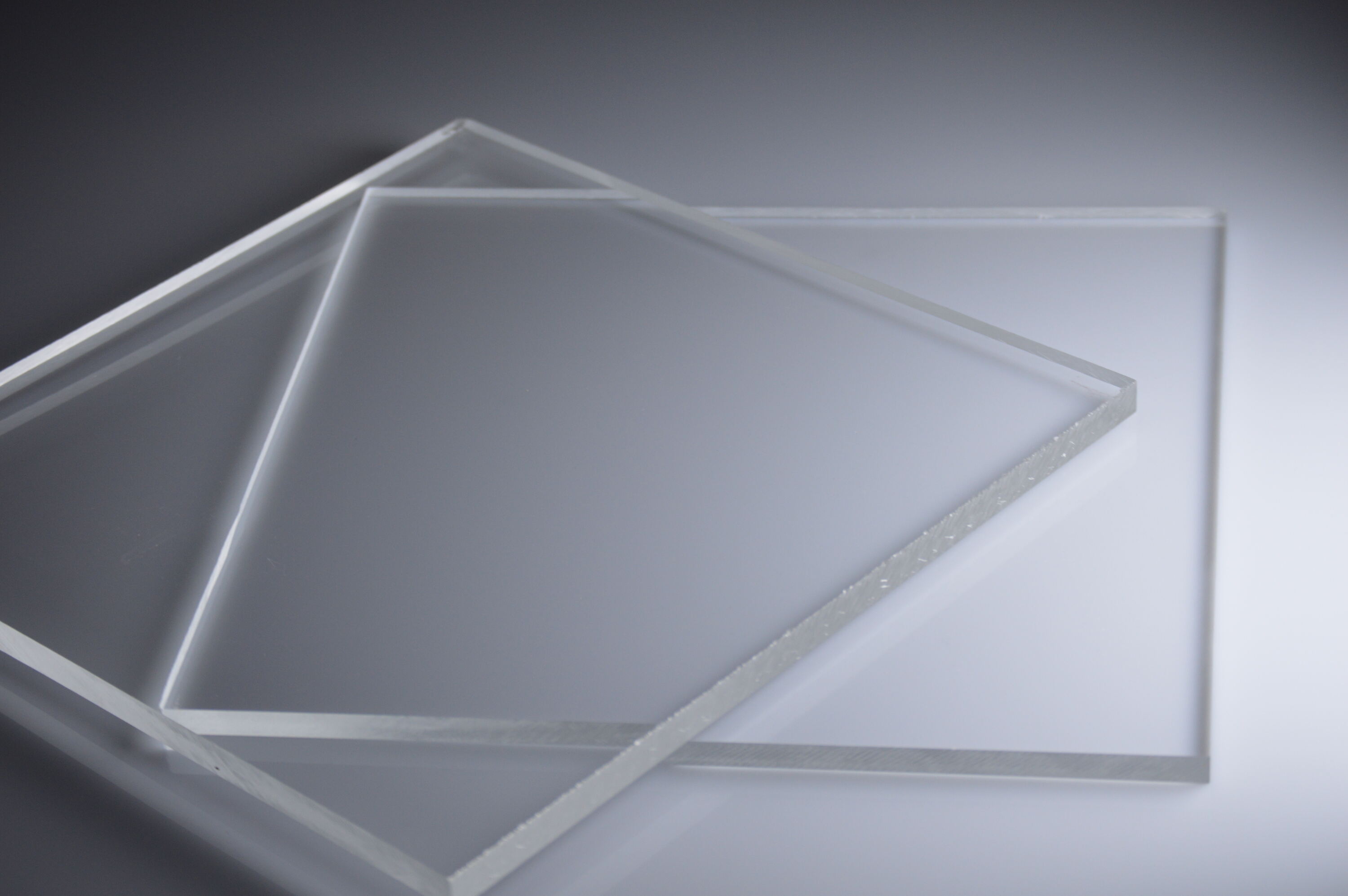
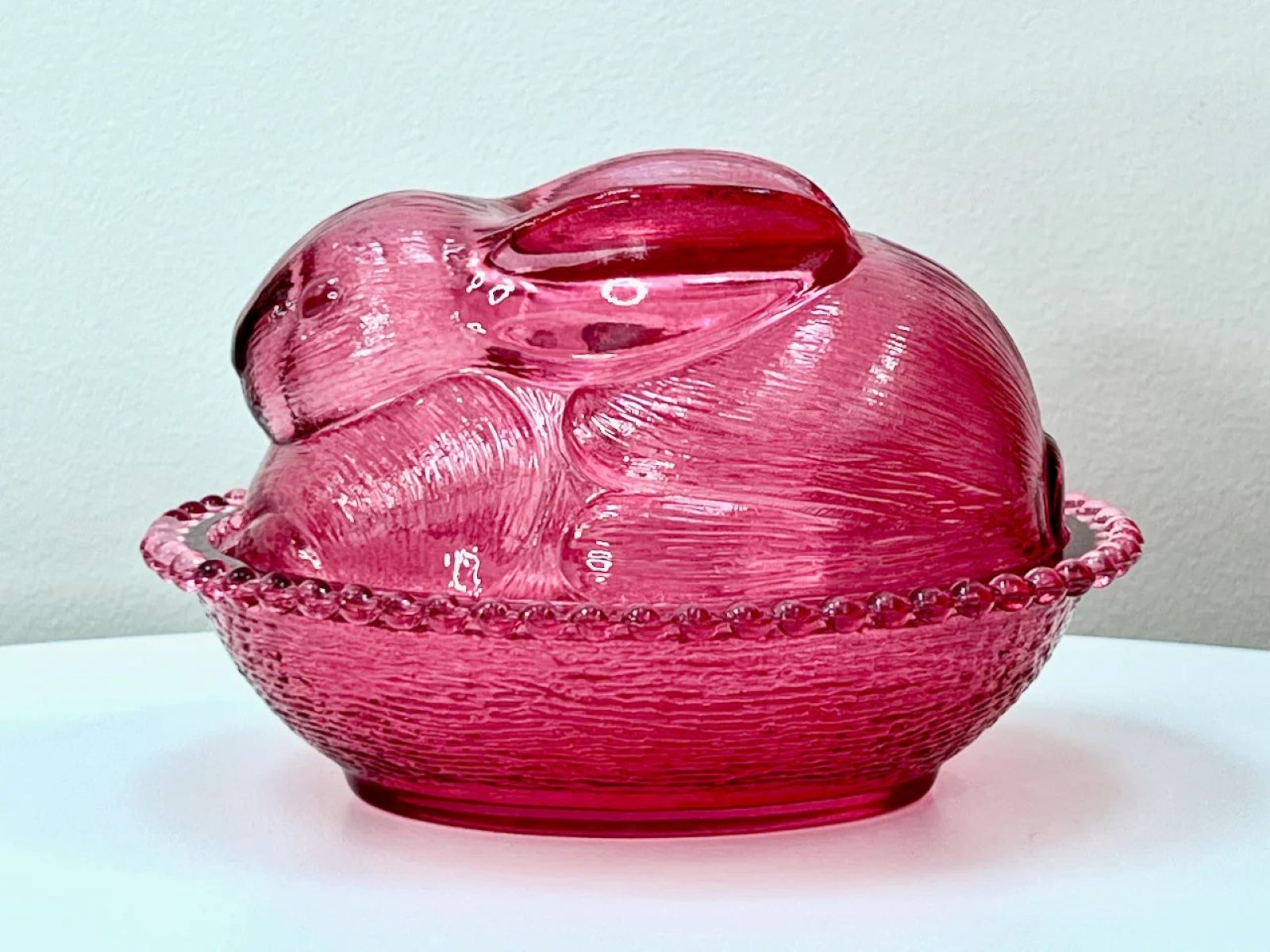

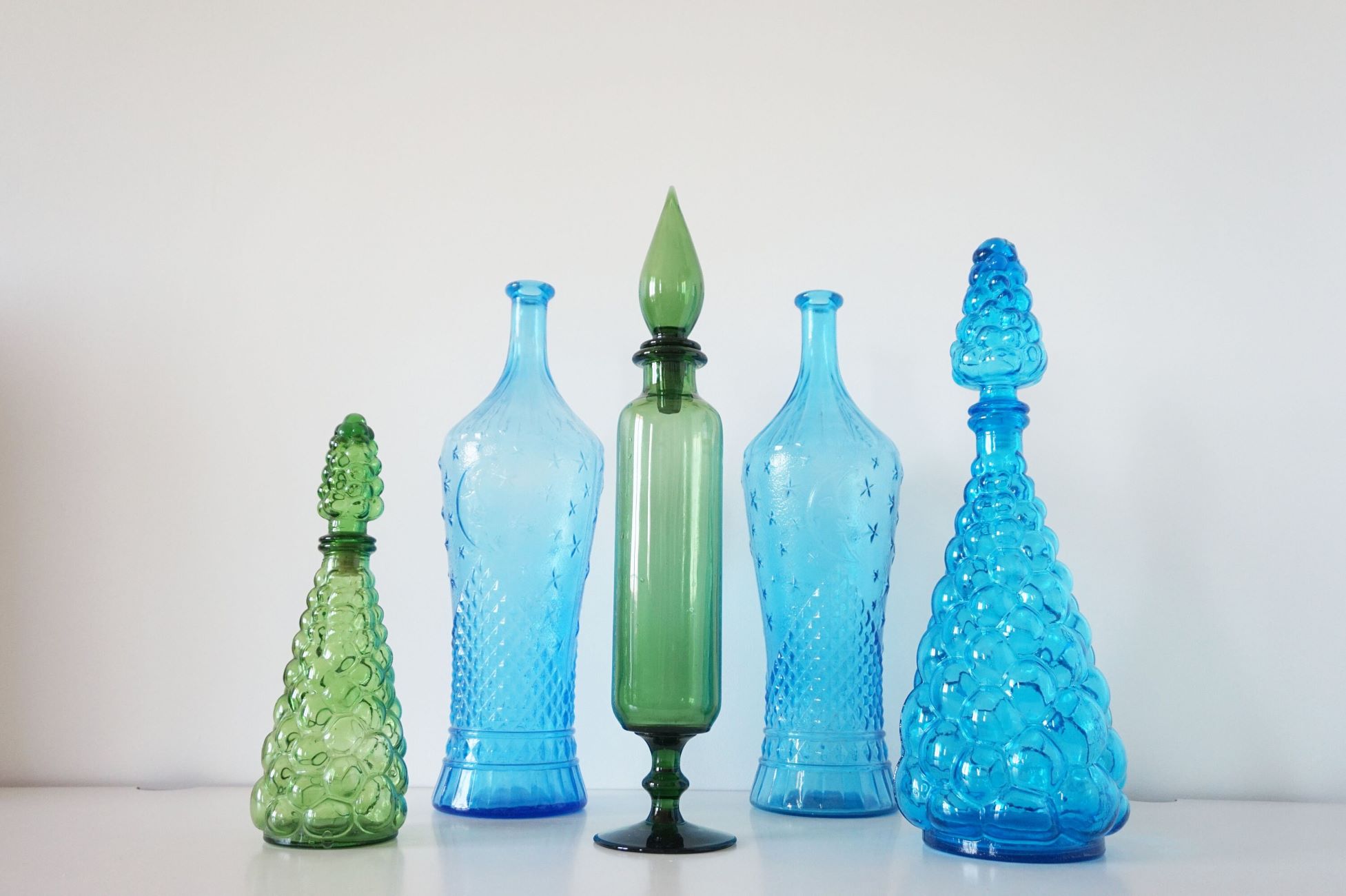
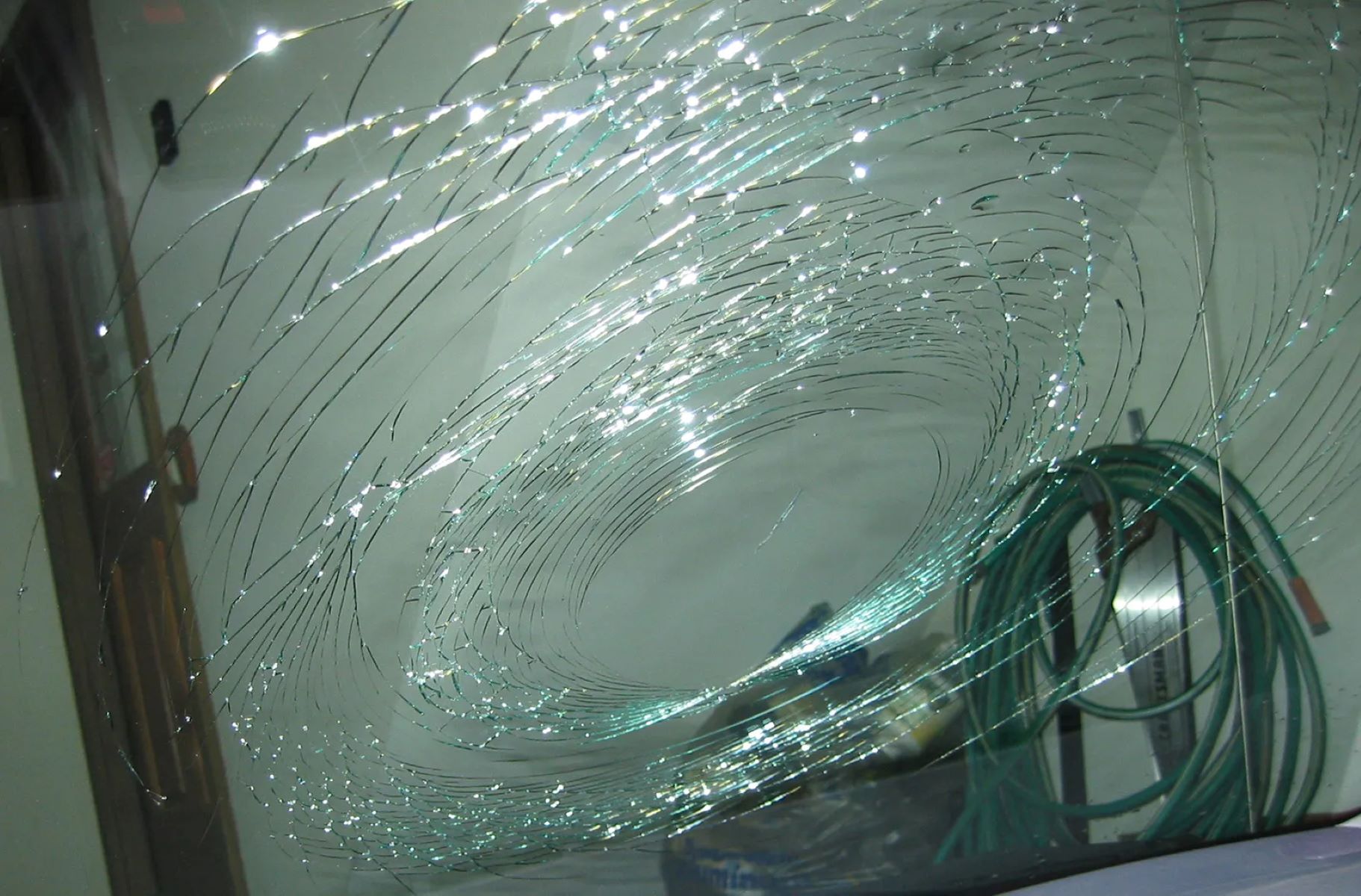
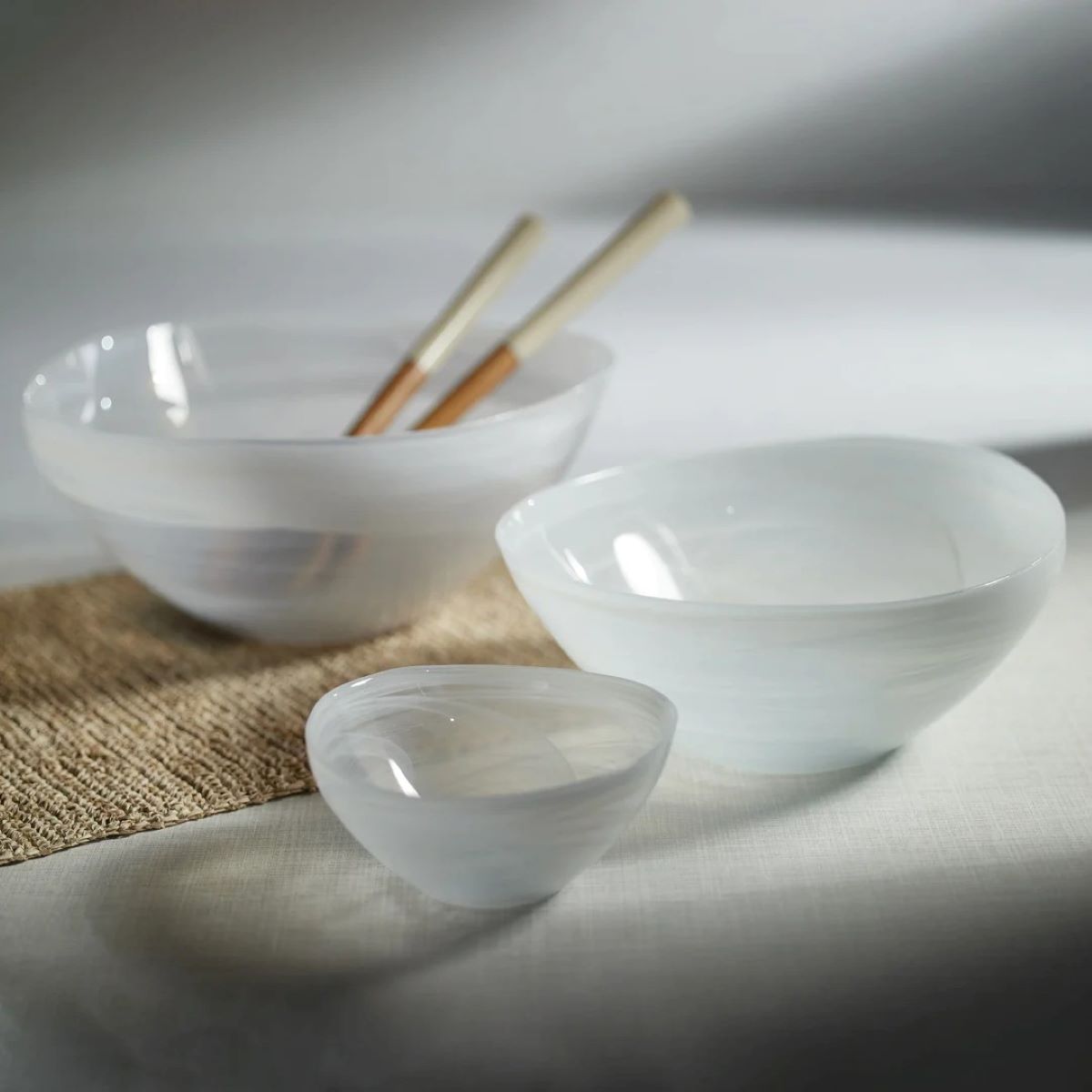
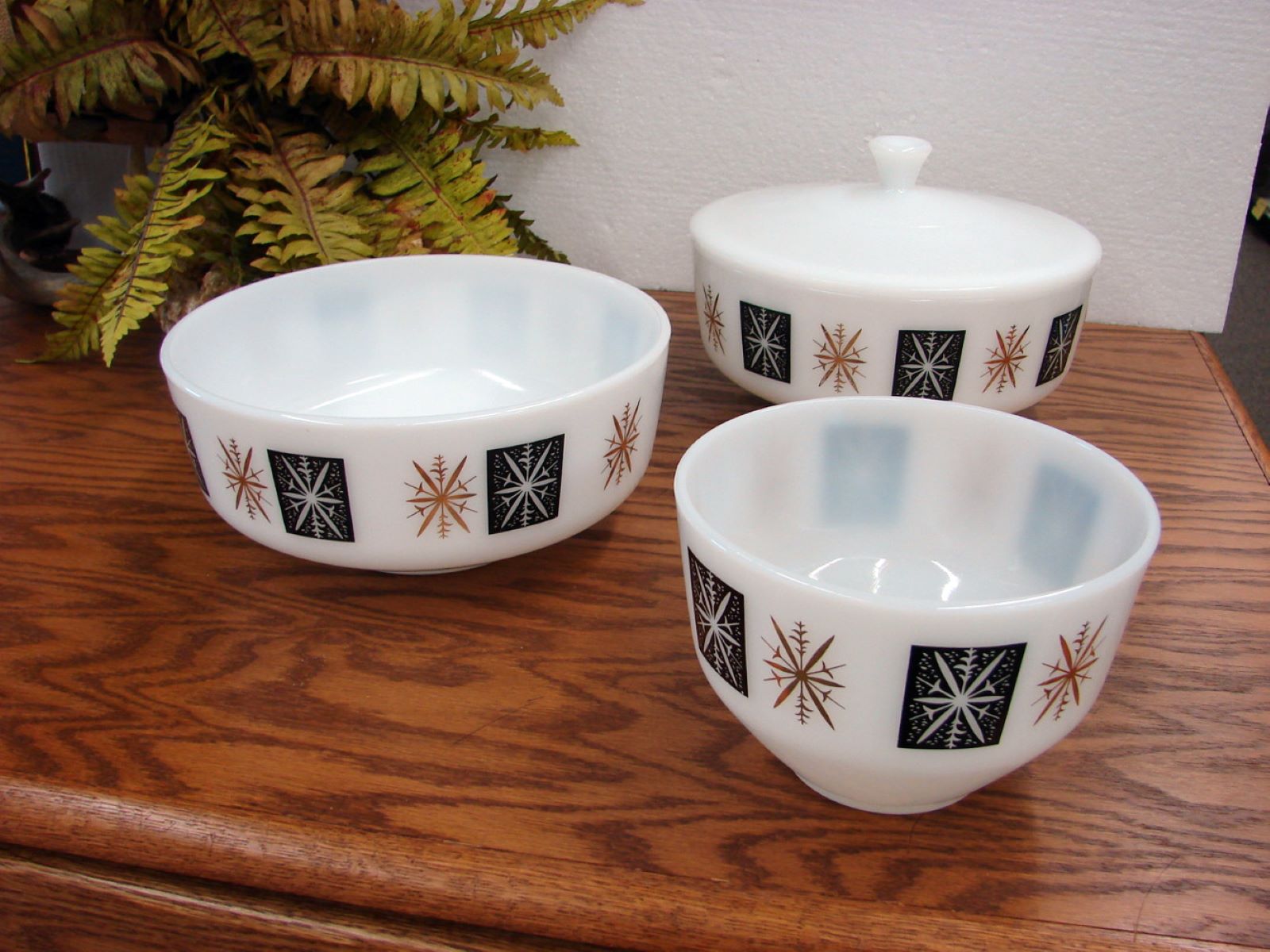
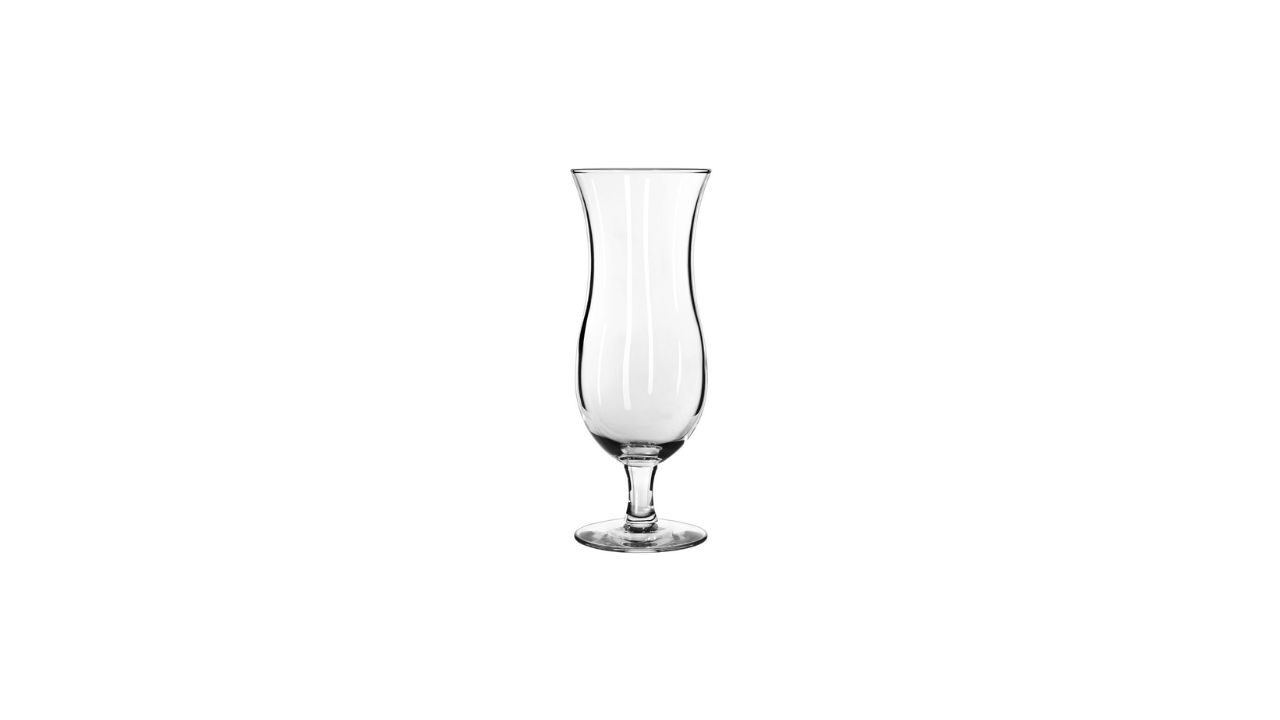
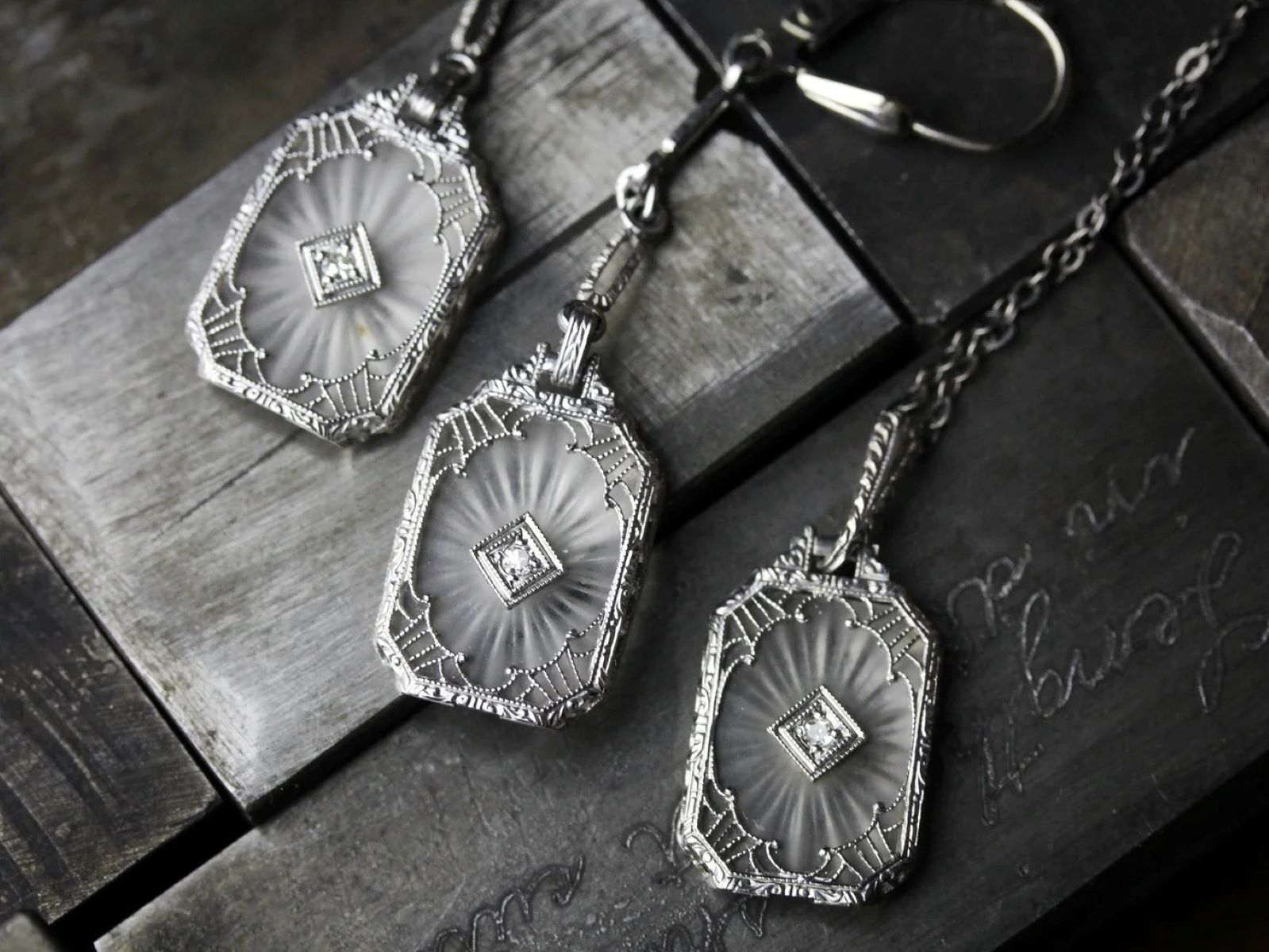
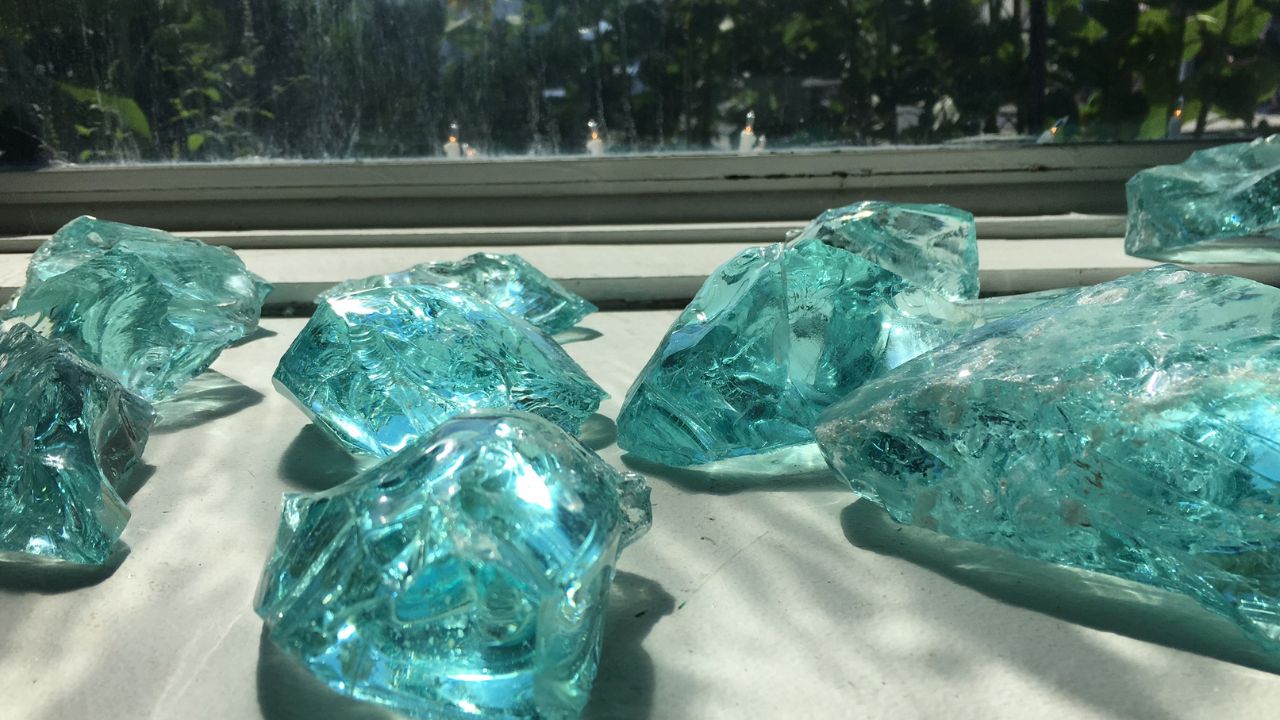
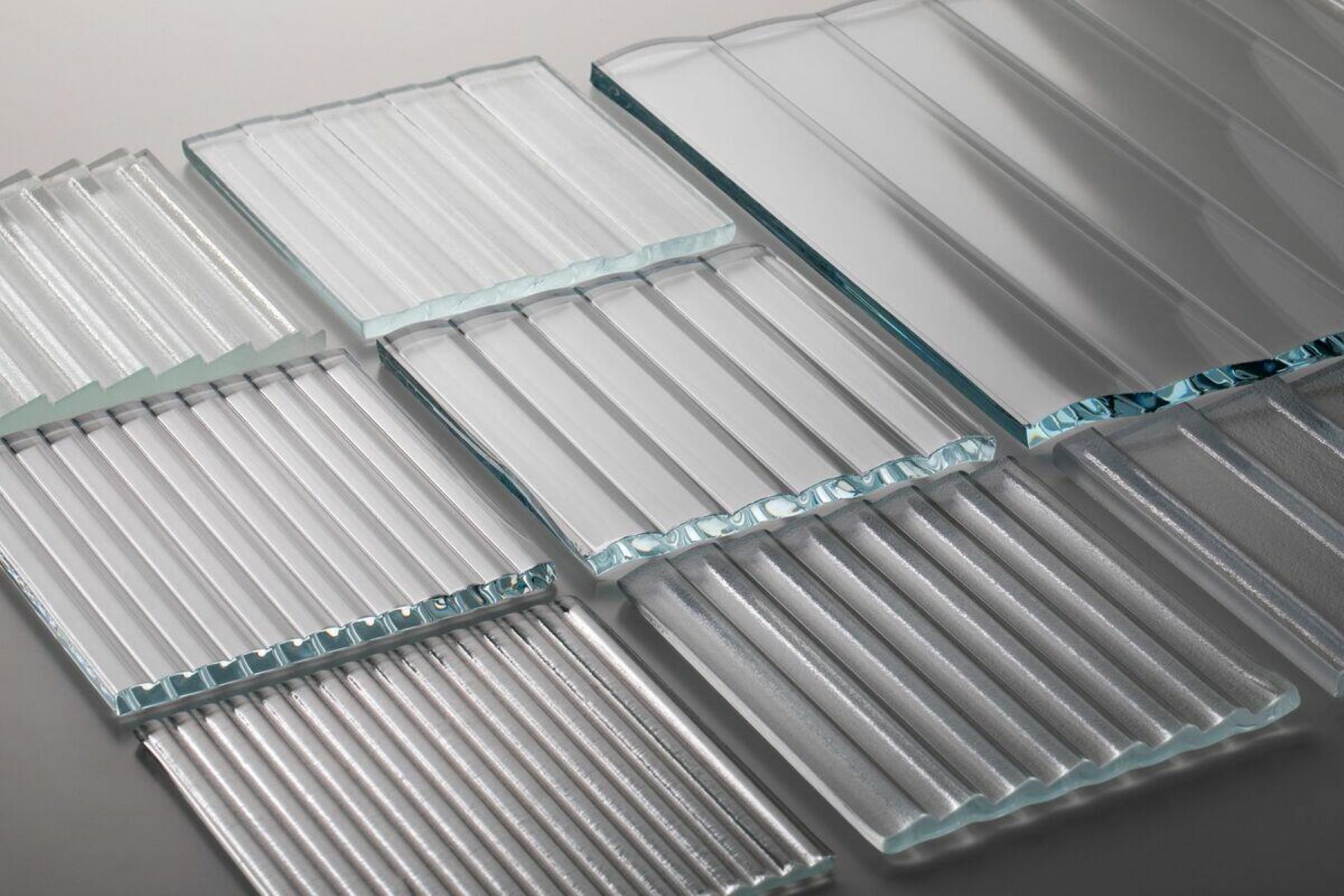

0 thoughts on “What Is A Cocktail Glass”